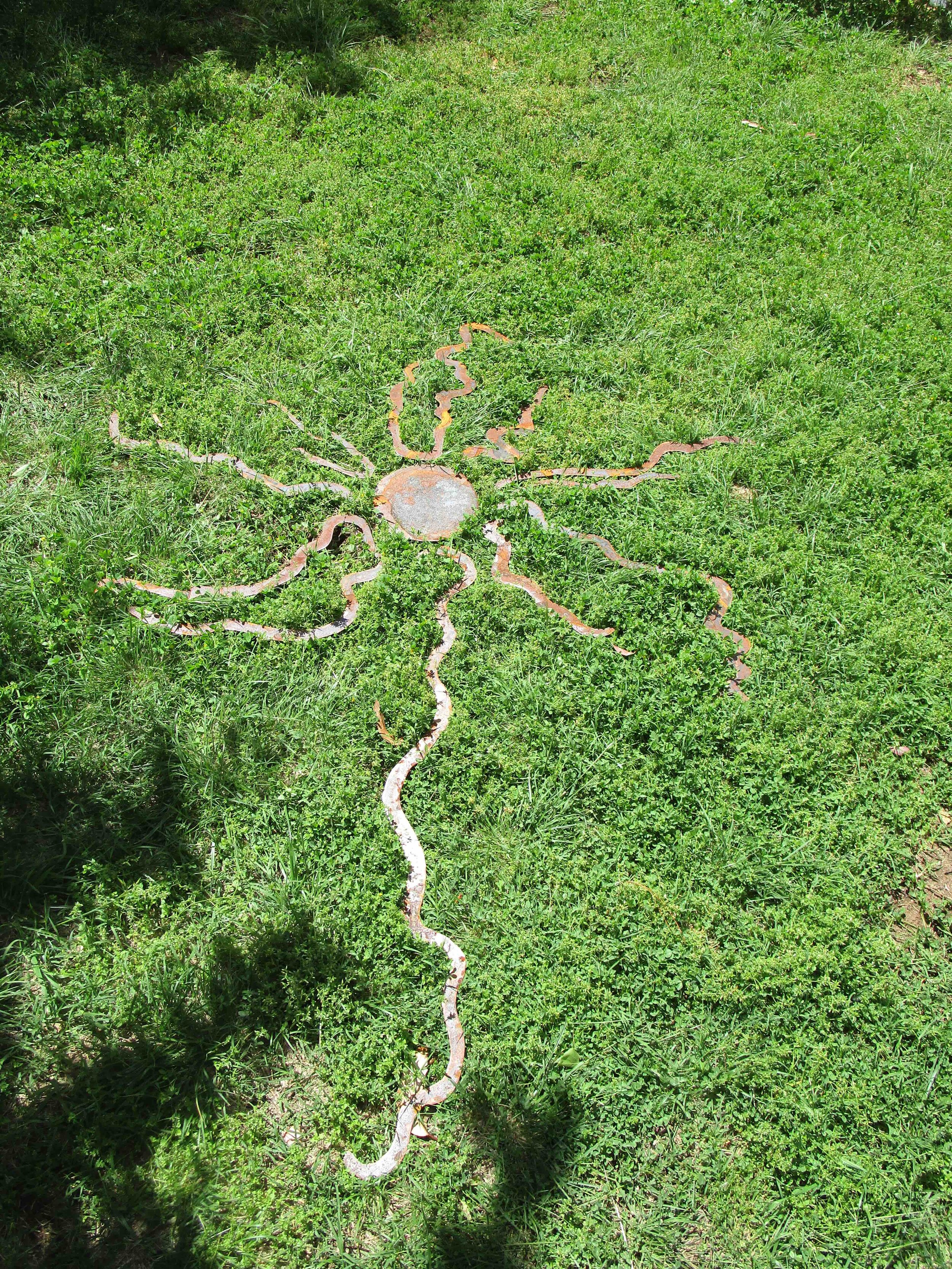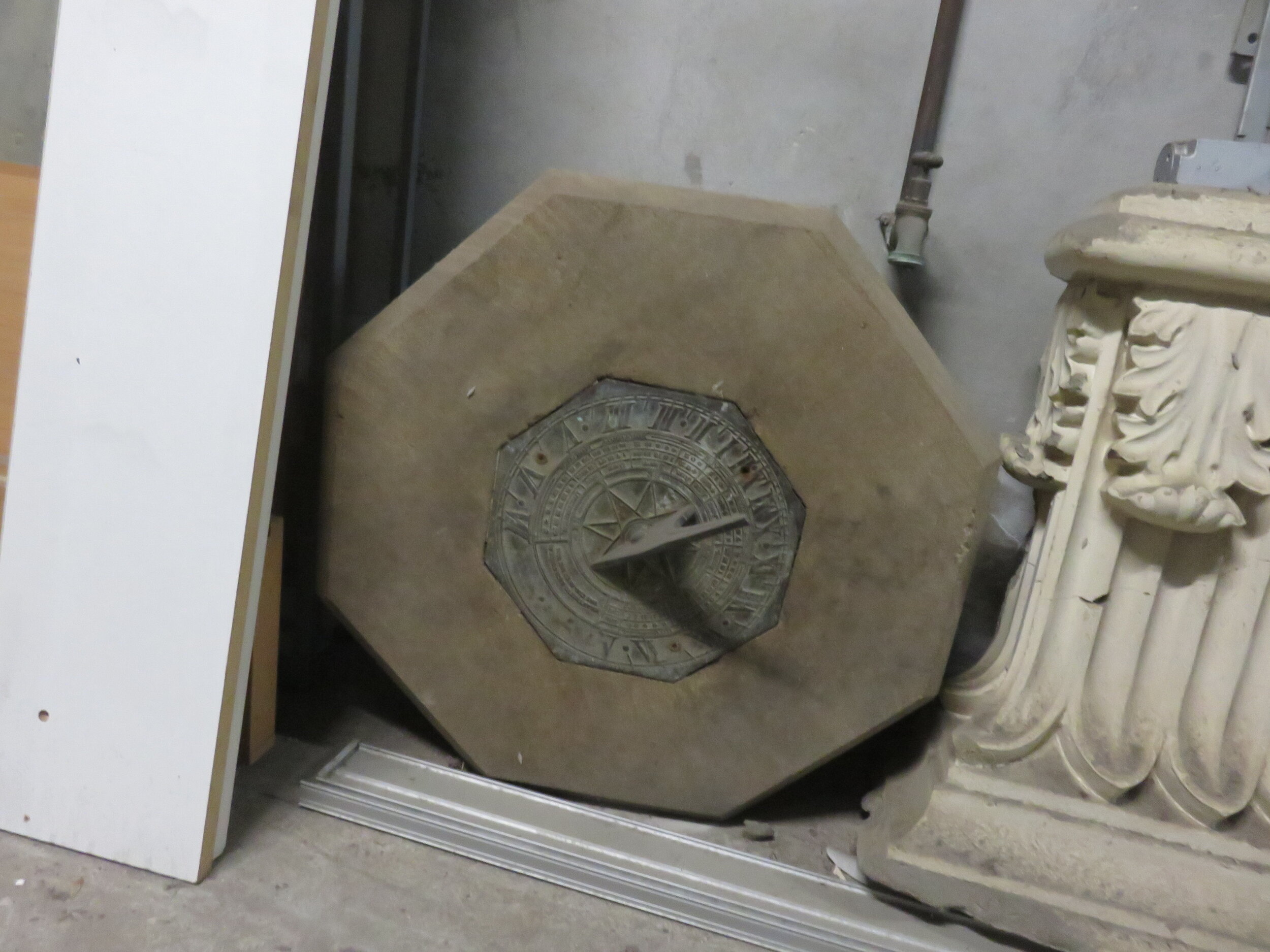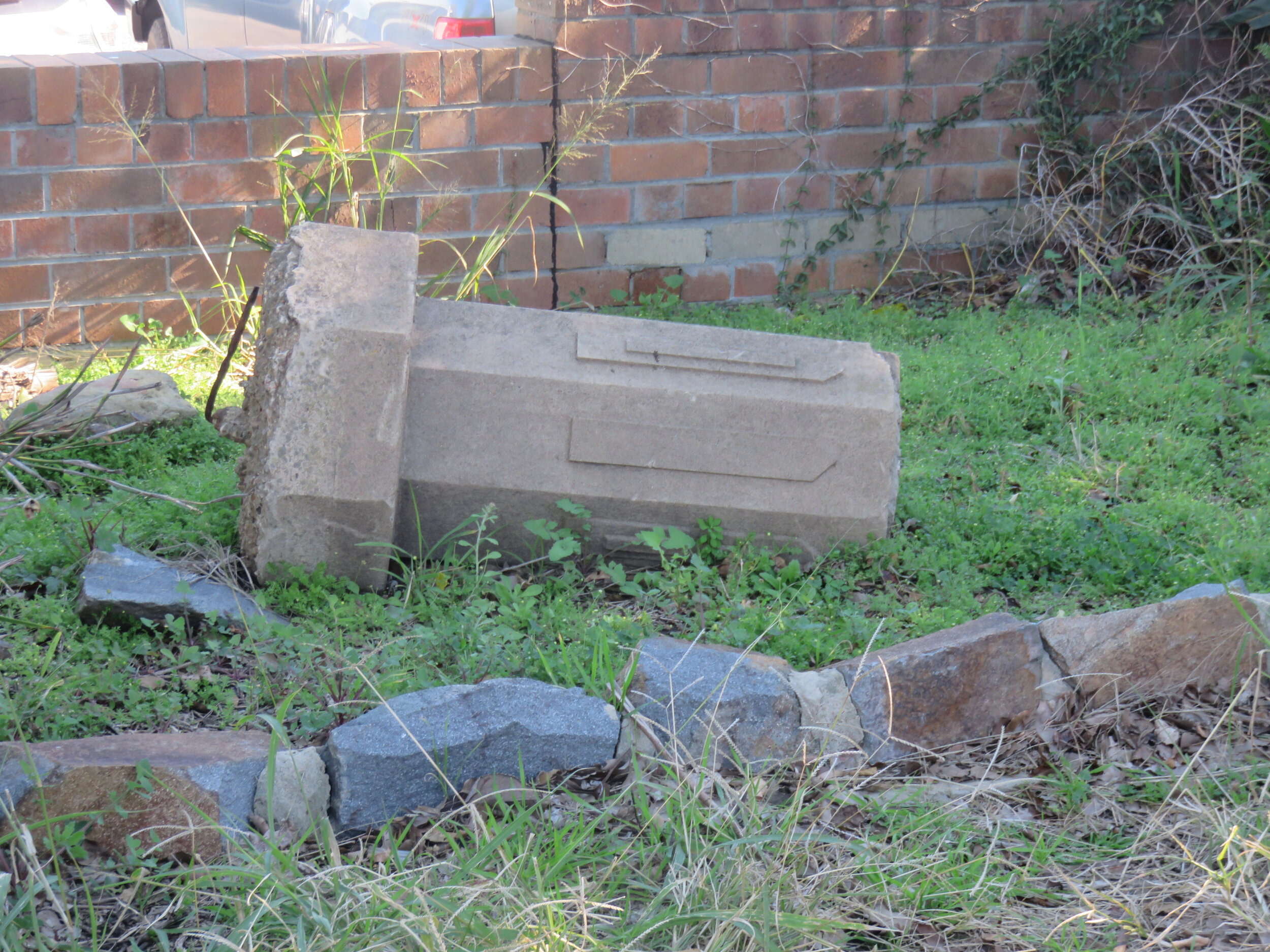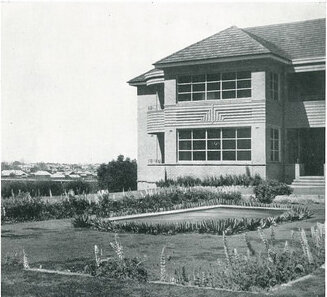For seasons, for days and years…
“... Every moment it’s
deepened, restored.
Every moment it opens new
Unheard of pathways ...”
Artist G.W. Bot shares thoughts about the work she is creating for the exhibition at the Maitland Regional Art Gallery.
Gardens symbolize many things to all cultures. Upon entering a garden one encounters different pathways of meanings.
For the exhibition, A conspicuous object - The Maitland Hospital, I have chosen to focus, through my work, on the gardens of the old hospital.
Since the establishment of the hospital on Campbell’s Hill in the 1840s, the gardens have always been a part of the hospital in some shape or form, sometimes well looked after, sometimes neglected.
For Jessica Davey, the matron of the hospital in 1890, the gardens were a place for patients to ‘have pleasant surroundings in their temporary home’ (Maitland Mercury, 9 September, 1890).
In the biblical sense this earth can be read as a garden, the Garden of Eden, emphasising the temporal nature of life for all of us. As in Psalm 90:6:
In the morning it flourisheth and groweth up: in the evening it is cut down and whithereth
G.W. Bot, Glyph – The Gardener, 2021, wax Glyph in process before being cast into bronze, 80 x 45 x 3 cm.
A garden needs a gardener in the same way that a medical doctor is needed to tend the medical care of a patient. And so, one of the pieces I am making for the exhibition is a bronze relief sculpture called, Glyphs– The Gardener. It could also be viewed as a portrait of the sun, the heavenly body that is the giver of light and warmth.
G.W. Bot, Glyphs – The Verandah and the Garden, 2021, wax Glyph in process before being cast into bronze, 115 x 60 x 3 cm.
The second piece is also a bronze relief sculpture. In it, I have pictured someone, perhaps a patient, standing upstairs on the verandah of the hospital looking out over the gardens. In part of the gardens there is a Tree of Life, a symbol of life and hope for the future, as well as reaching beyond the gardens to another reality beyond.


G.W. Bot, For seasons, for days and years …, preliminary work responding to stories and images about the hospital sundial.
The third piece involves the sundial that used to cast its shadow in the gardens and that has seen better days.
A sundial is a keeper of time, a reminder again of the temporal nature of life on earth, the measure of day and night, life and death. This work is a leap of faith – due to COVID and border restrictions I have not been able to make the journey to Maitland yet to finalize the idea of the sundial being the centre of the sun, with sun rays emanating from it which are made of steel and bronze. I envisage the sundial and its rays standing on the floor of the gallery, a garden in itself.



The Maitland Hospital sundial and its octagonal plinth in storage, 2021, and a view of the sunken garden in 1942.
Bruce Pritchard, The Maitland Hospital Engineer, recalls that the sundial and its octagonal plinth were originally in the sunken garden outside Building H. During the redevelopment of the wards in the mid-1990s, they were relocated to the front of the hospital, roughly between buildings E and K. They were subsequently removed and put in storage.
My artistic language that I call ‘Glyphs’ consists of scribblings of nature that I have transposed, gathered and interpreted. It is not a figurative language. In other words, do not look for the figure of an actual gardener or sun. It is an allegorical and symbolic language that is open to many different personal and universal levels of interpretation.
To sum up, the gardens of the hospital were and perhaps are seen as places to nourish the patients both physically and spiritually: gardens full of flowers and grasses and herbs, fruits and vegetables; of fresh air and sunlight, trees, bees and birdsong. They are places of hope, scents and perfumes, of beauty and contemplation. They are a celebration of life itself.
The garden, in essence, is the earth itself and one we all enter when we are born and one that offers different pathways to follow until we leave.


